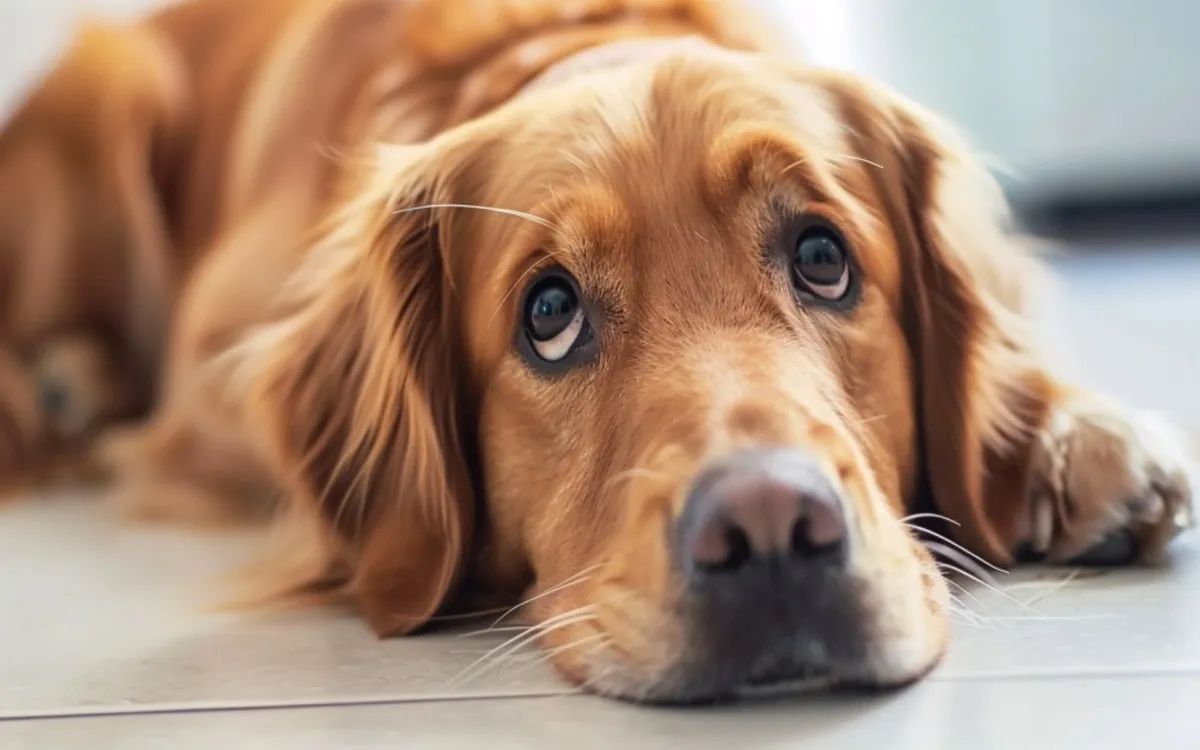Have you ever come home to your dog acting as if they’ve seen a ghost? Pacing, panting, whimpering – all with no obvious reason? It’s not just your pup playing a dramatic scene for your benefit. Dogs, just like us humans, can experience anxiety. But what happens when there’s no clear trigger? No sudden thunderstorm, no missing family member, no strange visitor – just a dog, inexplicably on edge. Let’s dive into this puzzling canine conundrum and try to unravel the mystery of the “dog anxious for no reason.”
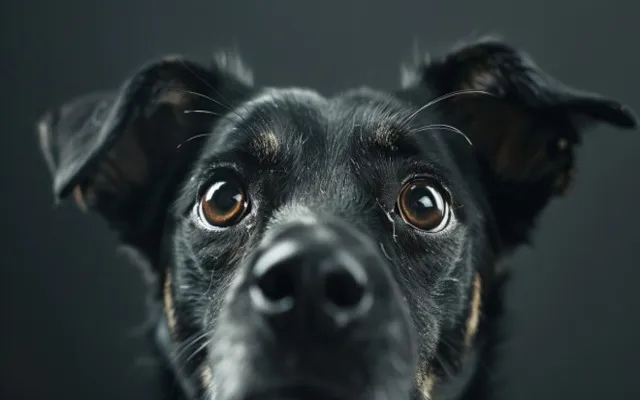
Understanding Dog Anxiety
Anxiety in dogs is a common issue, affecting many breeds and ages. It’s their version of a panic attack, an unwelcome surge of fear or worry. Unlike us, they can’t exactly tell us what’s wrong, but they sure can show us. Dogs are afraid of fireworks It’s also a cause for concern.
What Does Dog Anxiety Look Like?
Anxious dogs can be a bit like actors in a silent movie – their body language screams volumes. Some of the most common signs include:
- Pacing and restlessness: Unable to settle down, they might pace back and forth or circle you incessantly.
- Panting and trembling: Even in a cool room, their breathing might be rapid and shallow, and their bodies might shake.
- Whining or barking excessively: They might vocalize their distress with whimpers, yelps, or continuous barking.
- Destructive behavior: Anxious dogs might chew on furniture, shred pillows, or scratch at doors in an attempt to escape their perceived danger.
- Clinginess: They might become overly attached to their owners, following them from room to room and seeking constant reassurance.
- Loss of appetite: Anxiety can sometimes cause dogs to lose interest in food, even their favorite treats.
- Changes in bathroom habits: Accidents in the house or a sudden increase in marking behavior can also be signs of anxiety.
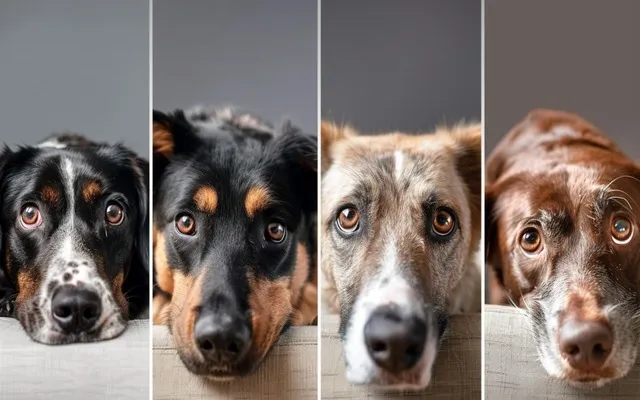
Why Is My Dog Anxious for No Reason?
This is the million-dollar question, isn’t it? If there’s no obvious trigger, then what’s causing your pup’s distress? Well, it turns out there are several possible culprits:
- Medical Conditions: Just like us, dogs can suffer from conditions that mess with their mood. Pain, thyroid problems, cognitive decline (like dementia), or even allergies can manifest as anxiety.
- Past Trauma: Even if the scary event is long gone, the memory can linger, causing anxiety years later. It could be anything from a scary encounter with another dog to a loud noise that startled them.
- Changes in Routine: Dogs are creatures of habit. A change in schedule, a new pet in the house, or even rearranging the furniture can throw them off balance and trigger anxiety.
- Noise Sensitivity: Some dogs have super-sensitive ears. Noises that seem perfectly normal to us, like a distant siren or the neighbor’s lawnmower, can sound like a rock concert to them.
- Separation Anxiety: This one’s a bit of a misnomer because the anxiety can kick in even when you’re home, but not giving them enough attention. It’s like your dog’s way of saying, “Don’t leave me!”
- Generalized Anxiety Disorder (GAD): Yes, dogs can have GAD too. This is essentially chronic anxiety without a specific cause. It’s like a constant, low-level worry that can flare up for seemingly no reason.
If you’re scratching your head wondering which of these might be the culprit, don’t worry – you’re not alone. The first step is always a trip to the vet to rule out any medical causes.
Playing Detective: Identifying Your Dog’s Anxiety Triggers
If your dog’s anxiety seems to come out of the blue, it’s time to channel your inner Sherlock Holmes and do some investigating. The key is to identify the triggers that set off your pup’s anxiety alarm bells.
Become a Doggy Detective
Start by paying close attention to your dog’s behavior. When does the anxiety seem to strike? Is it during certain times of day, in specific locations, or around particular people or animals?
Keep a diary of your observations, noting down the date, time, location, and any other relevant details. This can help you spot patterns and identify potential triggers. For example, if your dog always seems to get anxious before you leave for work, it could be a sign of separation anxiety.
Don’t Skip the Vet Visit
While playing detective is a good start, it’s important to consult with your veterinarian as well. They can rule out any underlying medical conditions that could be contributing to your dog’s anxiety. Sometimes, a simple blood test or physical exam can reveal a hidden problem that’s causing your pup distress.
Consider a Doggy Therapist
If you’re still stumped, don’t despair! There are professionals who specialize in canine behavior. A certified dog behaviorist or trainer can help you decipher your dog’s anxiety triggers and develop a tailored plan to help them cope.
Exclusive Tip: The Power of a “Worry Box”
One unique and often overlooked strategy is creating a “worry box” for your dog. This is a designated safe space where your dog can retreat when feeling anxious. Fill it with their favorite toys, blankets, and comforting scents like lavender or chamomile. The idea is to create a positive association with the box, so your dog sees it as a refuge rather than a punishment.
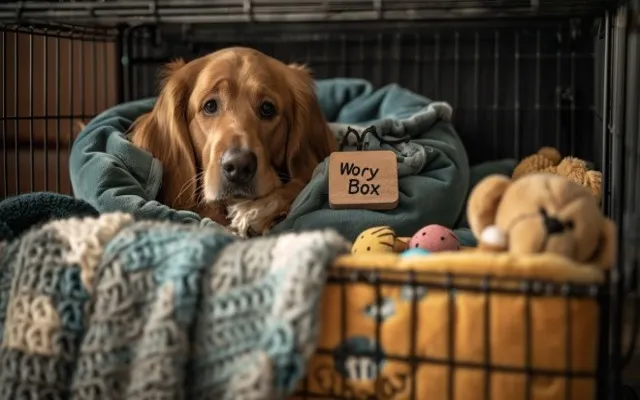
Easing Your Dog’s Anxious Mind
Now that you’ve donned your detective hat and (hopefully) uncovered the source of your dog’s anxiety, it’s time to explore ways to help them find their inner zen. Think of it as a doggy spa day, but for the mind.
Creating a Calming Oasis
Just like we enjoy a cozy haven to de-stress, our furry friends also need a safe space to escape when anxiety strikes. Designate a quiet area in your home with a comfy bed, their favorite toys, and maybe even a calming pheromone diffuser. This can become their sanctuary, a place where they can retreat when feeling overwhelmed.
Exercise: A Dog’s Best Friend
A tired dog is a happy dog, and often a less anxious one. Regular exercise helps burn off excess energy and release feel-good endorphins, both of which can reduce anxiety levels. Whether it’s a brisk walk, a game of fetch in the park, or a romp at the dog beach, make sure your pup gets plenty of physical activity.
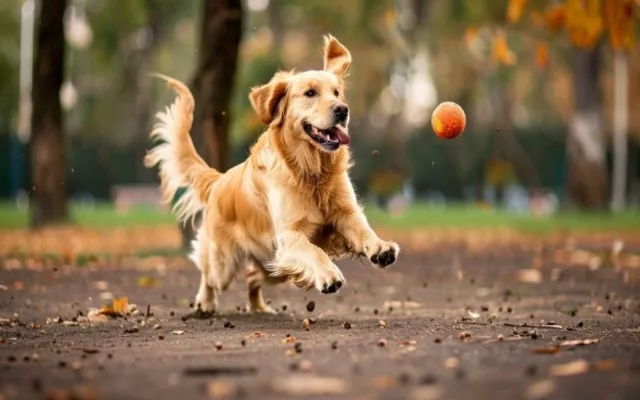
Positive Reinforcement: Treats and Praise Galore
Reward your dog whenever they exhibit calm behavior. This positive reinforcement helps them associate relaxation with good things, making it more likely they’ll repeat that behavior in the future. Whether it’s a tasty treat, a belly rub, or a verbal “good boy/girl,” let them know you appreciate their efforts.
Desensitization and Counterconditioning: Changing the Narrative
This technique involves gradually exposing your dog to the triggers of their anxiety in a controlled and positive way. The goal is to change their emotional response from fear or anxiety to calmness or even excitement.
For example, if your dog gets anxious around other dogs, start by introducing them to calm, friendly dogs from a distance. Gradually decrease the distance and increase the interaction over time, always rewarding calm behavior. Eventually, your dog might learn to associate other dogs with positive experiences instead of fear.
When to Seek Professional Help
If your dog’s anxiety is severe or doesn’t seem to improve with the techniques above, don’t hesitate to seek professional help. A certified dog behaviorist can assess your dog’s specific needs and develop a personalized treatment plan. In some cases, medication may also be recommended to help manage your dog’s anxiety.
Exclusive Tip: The Power of Music Therapy
Did you know that music can have a calming effect on dogs? Studies have shown that certain types of music, such as classical or reggae, can reduce anxiety and stress in dogs. Create a playlist of relaxing tunes for your furry friend and play it during times of anxiety or before stressful events. You might be surprised at how quickly they chill out.
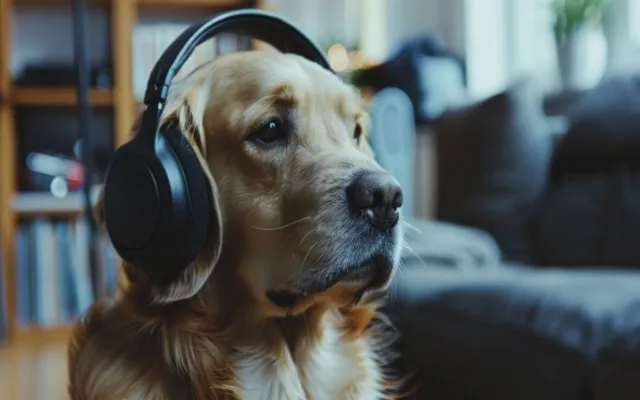
Exclusive Tip: The Power of Routine and Predictability
An often overlooked aspect of managing anxiety in dogs is establishing a consistent routine. Dogs thrive on predictability, so having a set schedule for meals, walks, playtime, and bedtime can help them feel more secure and less prone to anxiety.
If you’re frequently changing your dog’s routine, try to make the transitions as gradual as possible. For example, if you’re starting a new job with different hours, slowly adjust your dog’s schedule in the weeks leading up to the change.
Remember, a calm and confident dog owner can make all the difference in helping an anxious pup feel safe and secure. By taking the time to understand your dog’s anxiety and implementing these tips, you can pave the way for a happier, healthier life together.
Conclusion
Anxiety in dogs can be a real head-scratcher, especially when there’s no apparent reason behind it. But as we’ve seen, there are numerous potential culprits lurking beneath the surface. Whether it’s a medical condition, past trauma, environmental changes, or simply a sensitive soul, there’s often more to the story than meets the eye.
By channeling your inner detective, consulting with your vet, and trying various coping strategies, you can help your furry friend navigate their anxieties and rediscover their joyful spirit. Remember, patience and persistence are key. Don’t get discouraged if you don’t see results overnight. Keep at it, and with a little extra love and understanding, you’ll be well on your way to a happier, calmer canine companion.
FAQs
Can seemingly “invisible” triggers cause my dog’s anxiety?
Yes, absolutely! While some anxiety triggers are obvious (like thunderstorms or vet visits), others are more subtle. A change in routine, a new smell in the house, or even a shift in your own mood can all be enough to trigger anxiety in some dogs. Their heightened senses and reliance on routine can make them surprisingly sensitive to changes we might not even notice.
My dog is anxious even when I’m home. Is this still separation anxiety?
While it might seem counterintuitive, yes, it’s possible to have separation anxiety even when you’re physically present. Some dogs are specifically attached to one person and experience distress when that person is unavailable, even if they’re in the same house. This highlights that separation anxiety isn’t just about being alone, but about the absence of a specific bond.
How can I tell if my dog’s anxiety is due to medical reasons or something else?
The best way to rule out medical causes is to consult your veterinarian. They can conduct tests to identify any underlying health issues contributing to anxiety. However, even if there are no medical causes, it doesn’t mean the anxiety isn’t real. Environmental, emotional, and genetic factors can all play a role.
Are certain dog breeds more prone to unexplained anxiety than others?
Yes, some breeds are predisposed to anxiety due to their genetics or temperament. For example, herding breeds like German Shepherds and Border Collies are known for their sensitivity and can be more prone to anxiety. However, any dog can experience anxiety, regardless of breed.
What’s the difference between a dog being ‘spoiled’ and having true anxiety?
This is a common misconception. While some behaviors might seem like “spoiling,” true anxiety is a genuine emotional state with physiological and behavioral consequences. An anxious dog might seek constant attention, not because they’re spoiled, but because they’re seeking comfort and reassurance.
Could my dog’s anxiety be a sign of cognitive decline (like dementia)?
Yes, cognitive decline in senior dogs can manifest as anxiety. If your older dog suddenly becomes anxious or exhibits unusual behaviors, it’s important to consult your veterinarian to rule out cognitive dysfunction syndrome (CDS).
My dog used to be fine, but now they’re anxious for no reason. What could have changed?
Dogs’ emotional states can evolve over time, and sometimes, anxiety can develop even without noticeable external changes. Internal factors like hormonal fluctuations, pain, or even changes in their sense of smell could be contributing factors.
Can a change in diet affect my dog’s anxiety levels?
Yes, diet can play a role in anxiety. Certain ingredients, like artificial colors and preservatives, can affect some dogs’ behavior. A balanced, high-quality diet can promote overall well-being and potentially reduce anxiety.
By including a mix of expected and unique FAQs, you’ll cater to both a general audience seeking basic information and those looking for deeper insights into the topic. This approach can improve your chances of appearing in the “People also ask” section and attract a wider range of readers.

Healthy dogs mean happy dogs, and that makes me happy! I’m here to share all the tips for keeping your best furry friend in top shape, from puppyhood to their golden years.

